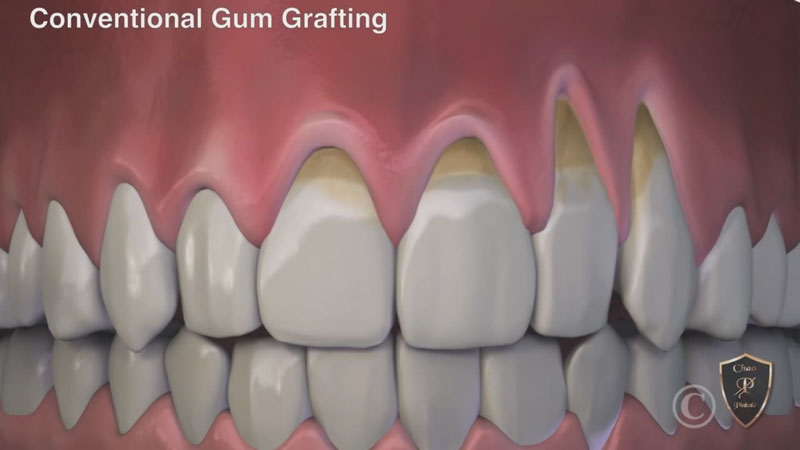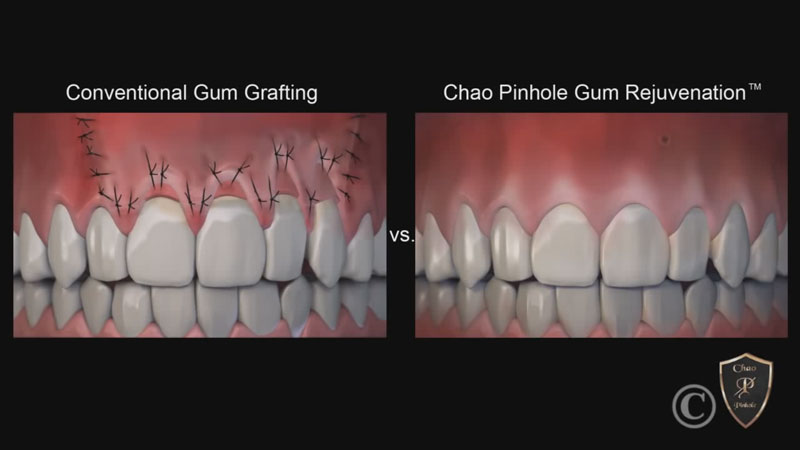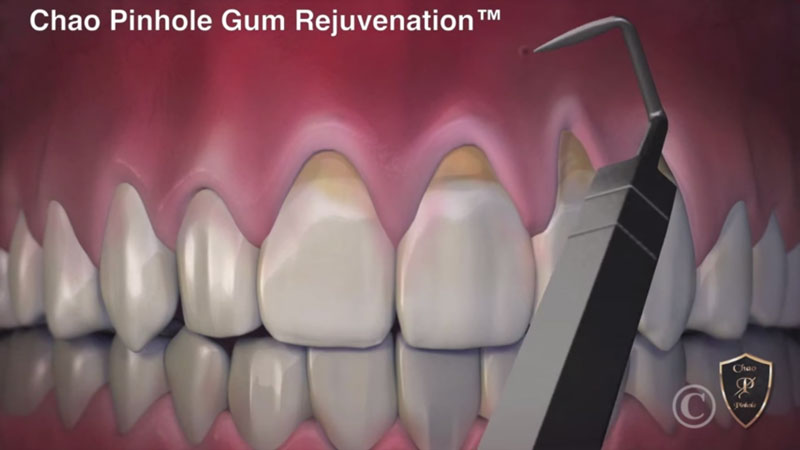A Breakthrough Treatment for Gum Recession
What is gum recession?
Gum recession is when the gum tissues pull back from the teeth. Gum tissues can be lost because of gingivitis (which is also called periodontal disease, periodontitis, or advanced periodontitis), the aging process, or brushing your teeth too vigorously.
Why should gum recession be taken seriously?

When the gums recede, the tooth roots are exposed, which means that tooth decay and other dental issues can occur along and beneath the gum line. Healthy gums are imperative for a healthy mouth, so having gum recession treated is important for long-term oral health.
What is the Chao Pinhole® Surgical Technique (PST)?
Dr. Joseph A. DeLapa offers the Chao Pinhole® Surgical Technique in South Salem, New York. This technique is a minimally invasive way to treat gum recession. Unlike other tissue grafting procedures, PST does not use incision and is suture free.
The tools and procedure used to perform PST were created by Dr. John Chao, who then trained our dentist.
How does the Chao Pinhole® Surgical Technique (PST) differ from traditional gum grafting?

Traditionally, donor tissue or soft tissue grafts are used to rebuild receding gums. The soft tissues are sutured in place. As they heal, they join the existing gum tissues.
Tissue grafting is an effective way to treat gum recession, but comparable results can be reached with a better patient experience through the Chao Pinhole® Surgical Technique.
How is the Chao Pinhole® Surgical Technique (PST) performed?
During PST, a small hole is made in the patient’s gums. Through this pinhole, our dentist will use special instruments to gently loosen the gum tissues and slide the gum line to cover the tooth roots.
The Chao Pinhole® Surgical Technique does not include grafts, sutures, or incisions. The procedure involves only the adjustment of the existing tissue.
Benefits of Chao Pinhole® Surgical Technique
The Chao Pinhole Surgical Technique has many benefits:
- Less patient discomfort after treatment
- Quicker recovery
- No need for sutures
- No need for a scalpel or invasive tools
- No need for a gum graft
- Natural-looking, long-lasting results



















